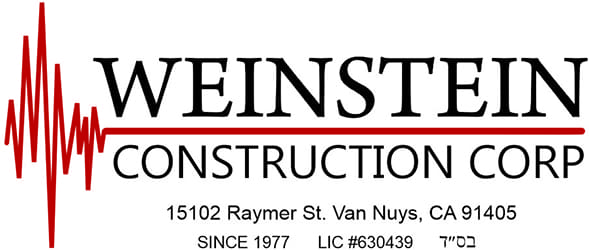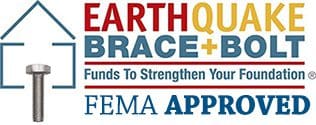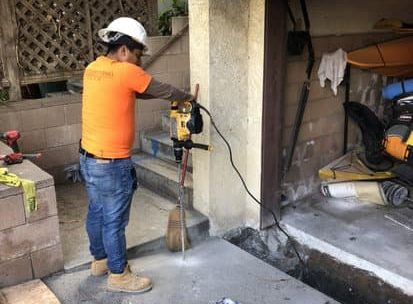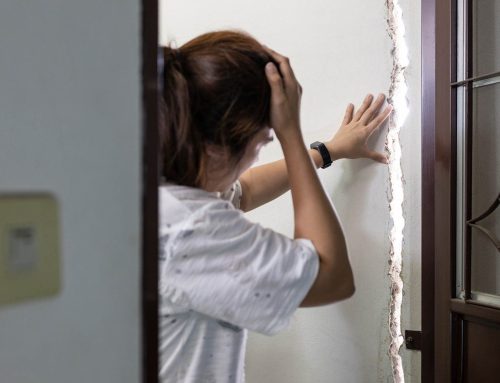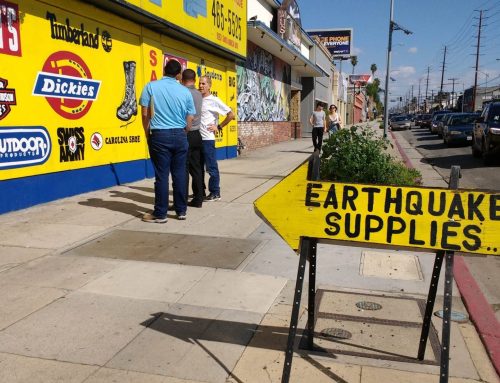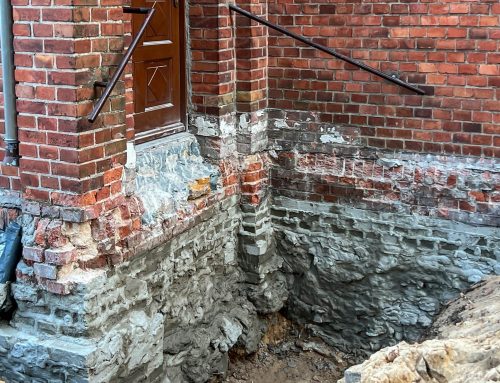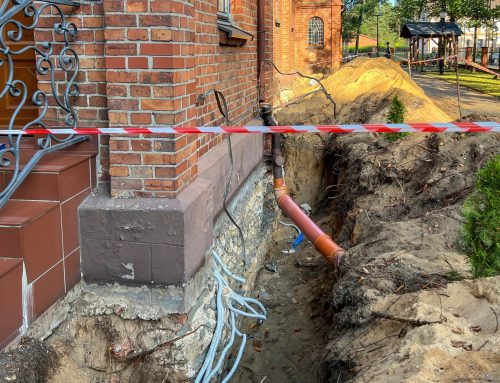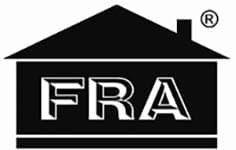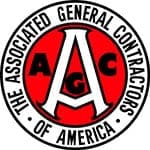Earthquake Retrofitting: What You Need to Know to Protect Your Home
California isn’t just known for its sunshine and coastline—it’s also earthquake country. And if your home was built before modern seismic codes, it could be at serious risk. That’s where earthquake retrofitting comes in. It’s not just a precaution; it’s a necessity.
But what exactly is retrofitting? How much does it cost? How long does it take? Let’s break it all down so you can make an informed decision and protect your home before the next big quake hits.
How Does Earthquake Retrofitting Work?
At its core, earthquake retrofitting is about reinforcing your home’s structure to withstand seismic forces. During an earthquake, lateral shaking can cause a house to slide off its foundation, collapse at weak points, or sustain catastrophic damage. Retrofitting prevents this by strengthening the key components that keep your home stable.
The process typically involves:
- Foundation Bolting: Large bolts are installed to secure the house to its foundation, preventing it from shifting during a quake.
- Cripple Wall Bracing: Short walls between the foundation and first floor (cripple walls) are reinforced with plywood sheathing to reduce movement.
- Shear Walls and Steel Frames: Some homes require additional support through specially designed braces that absorb seismic forces.
A structural engineer assesses your home and determines the best retrofitting method based on its construction and vulnerability.
What Are the Three Types of Earthquake Retrofitting?
Seismic retrofitting isn’t one-size-fits-all. Different homes require different approaches depending on their age, foundation type, and structural weaknesses. The three primary retrofitting methods are:
- Foundation Bolting – The most common method for homes with raised foundations. This process secures the house to its foundation using steel anchor bolts, preventing it from sliding off during an earthquake.
- Cripple Wall Bracing – Ideal for homes with crawl spaces. Plywood sheathing is added to the short walls between the foundation and first floor to increase lateral stability.
- Soft Story Retrofitting – Designed for multi-story buildings with weak ground-level supports, such as garages or open commercial spaces. This method reinforces the lower level with steel frames or additional shear walls.
Each of these methods targets specific structural weaknesses, making your home significantly more resilient in an earthquake.
How Much Does It Cost to Earthquake Retrofit a House?
The cost of seismic retrofitting depends on your home’s size, age, and existing structural integrity. On average, homeowners can expect to pay between $3,000 and $10,000 for a standard single-family home.
However, costs can rise to $20,000 or more for homes requiring extensive structural reinforcement, especially older buildings or those needing foundation repairs.
Several factors affect pricing, including:
- The size of the home and its foundation type
- The extent of retrofitting needed (bolting vs. wall bracing vs. additional reinforcement)
- Engineering and permit costs
Some homeowners qualify for financial assistance through programs like Earthquake Brace + Bolt (EBB), which provides grants of up to $3,000 to help offset retrofit costs.
How Long Does a Seismic Retrofit Take?
The good news? A standard seismic retrofit doesn’t take months to complete. In fact, most residential projects are finished in 3 to 7 days, depending on the complexity of the work.
Here’s what to expect:
- Day 1: Inspection and assessment of the home’s foundation and weak points.
- Days 2-5: Installation of anchor bolts, cripple wall bracing, and other reinforcements.
- Days 6-7: Final inspections and permit approvals.
For larger projects, such as soft-story retrofits for multi-unit buildings, the process can take several weeks to a few months, particularly if additional engineering work is required.
Why You Shouldn’t Wait to Retrofit Your Home
If your home isn’t reinforced, the next major earthquake could cause severe damage—or worse, make it uninhabitable. Retrofitting is a one-time investment that could save you thousands in repairs and insurance costs while giving you peace of mind.
Here’s why it’s worth acting now:
- Prevents structural collapse and costly damage
- Increases home value and makes it more attractive to buyers
- May qualify you for insurance discounts
- Meets local seismic safety requirements (in cities like Los Angeles and San Francisco)
Get Your Home Earthquake-Ready Today
You don’t have to be an expert in seismic safety—that’s what professionals are for. If you’re not sure whether your home is vulnerable, schedule a professional inspection today. Retrofitting is faster, more affordable, and easier than you might think.
Want to learn more? Contact Weinstein Construction for a free assessment and quote today. The best time to retrofit your home was yesterday. The second-best time? Right now.
